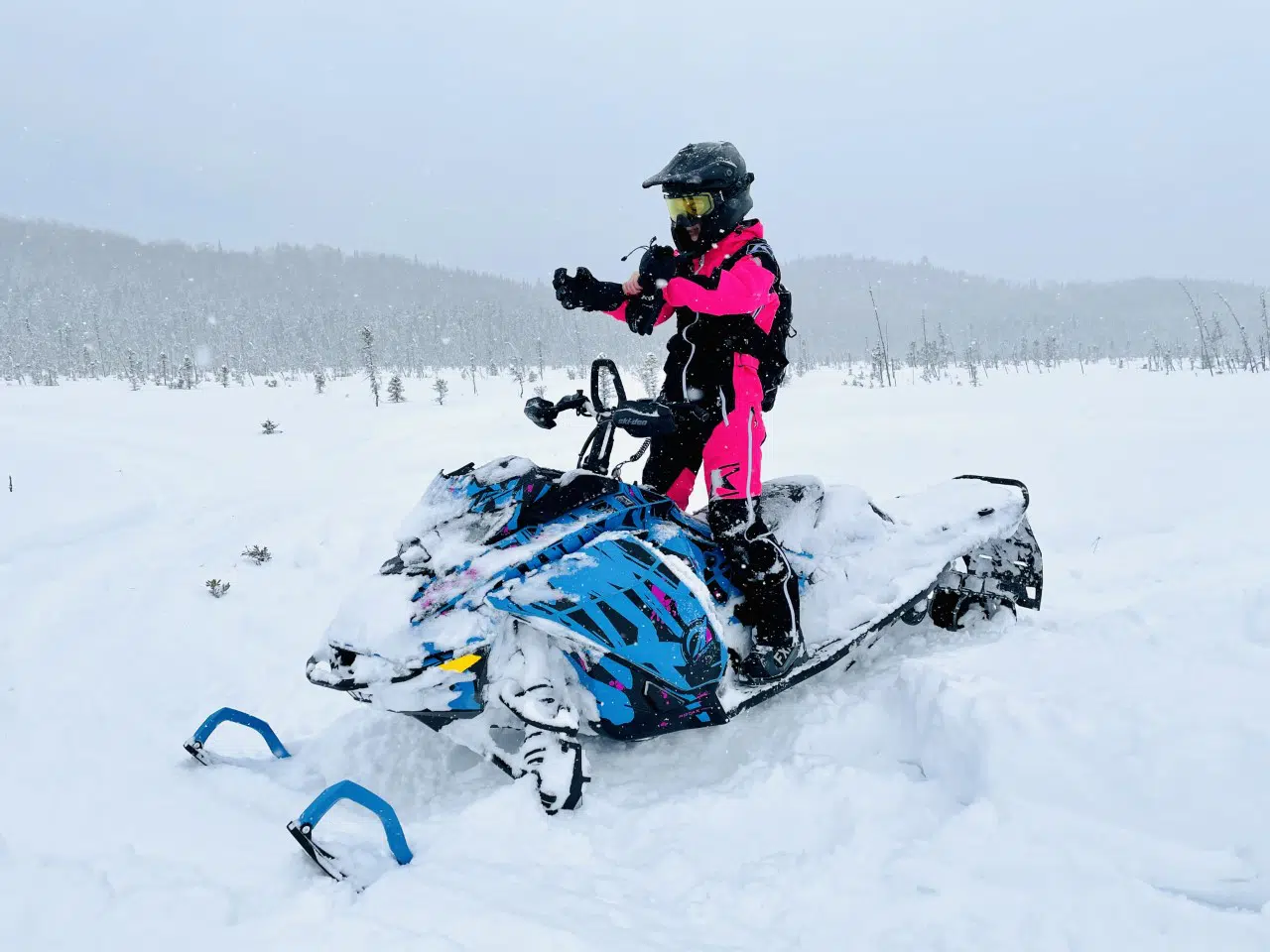Table of Contents
Snowmobile:The Essentials to have in your travel bag
We’ve all been on a snowmobile trip, opened our carry-on bag and thought, “Why didn’t I bring this?”
We have limited space to carry our stuff on a snowmobile. We must therefore choose wisely the things we bring with us. How do we make sure we make the right choices? What items should we prioritize? How to not forget anything essential?
No need to panic here! Here are the essentials to have in your bag for your next snowmobile trip.
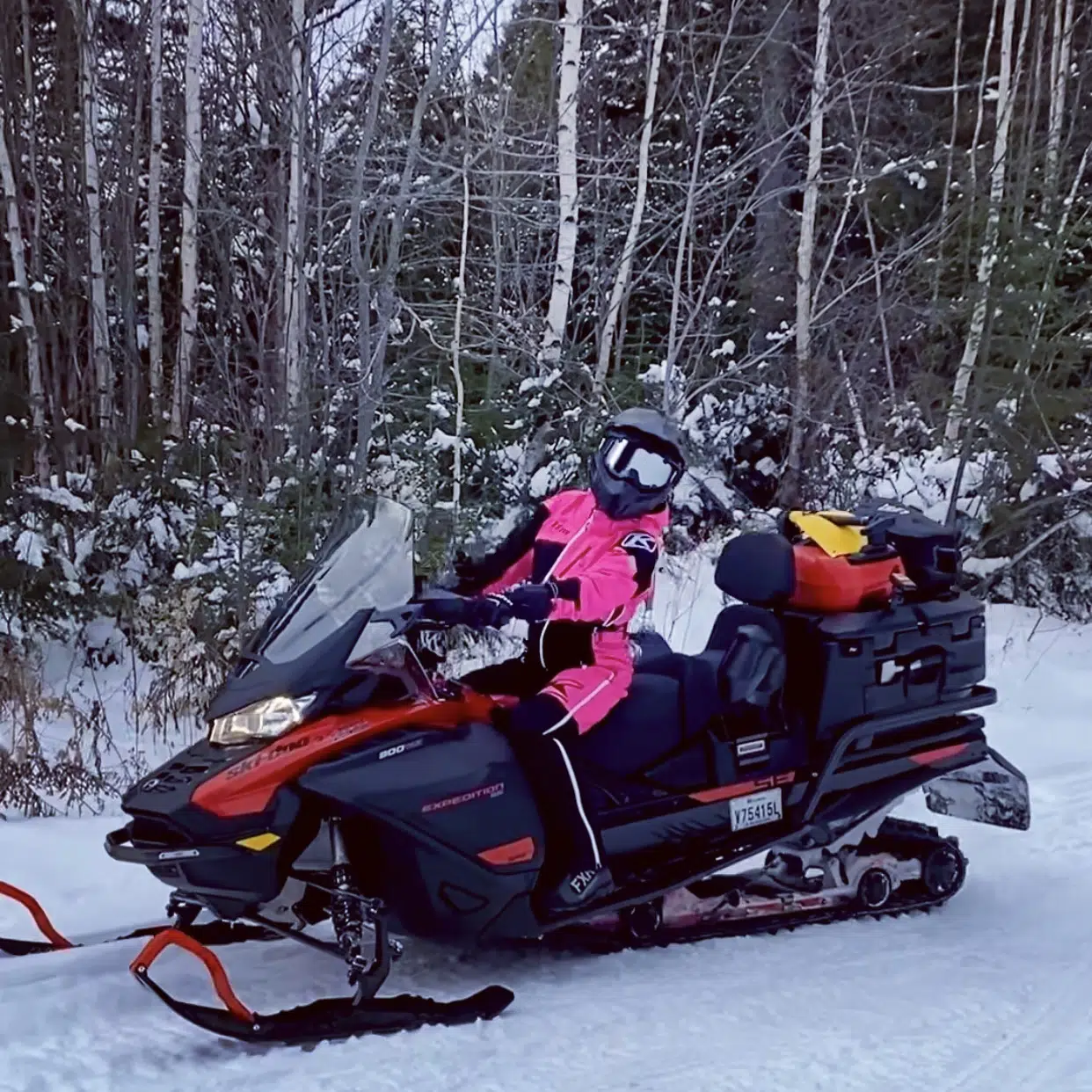
Before we go over the essentials to have in your travel bag for your next snowmobile trip, it’s important to choose your bag wisely.
Tunnel bag or backpack?
This choice should be made based on your snowmobiling experience, needs and preferences. You could even opt for both if you are going on a longer trip.
Do you opt for a backpack?
This can be a wise choice if you are going off-trail. In this type of practice, a bag attached to the tunnel quickly becomes snowy and can sometimes be cumbersome. I find that the backpack keeps my clothes and accessories dry and allows me to access them quickly and easily.
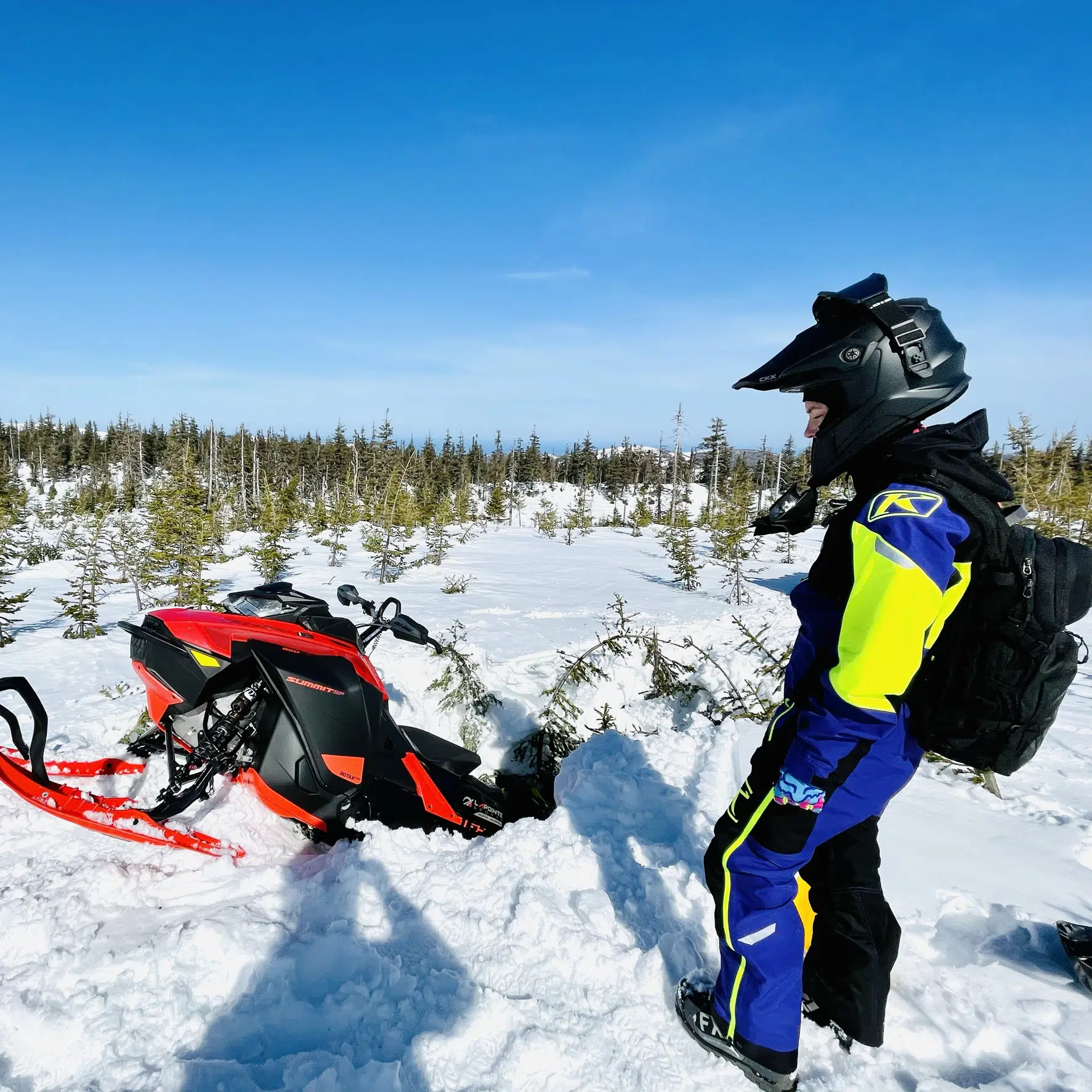
What would be the ideal backpack?
The ultimate backpack is lightweight, not too big, roomy, durable and compartmentalized. It allows you to store your small tools, accessories, spare clothes and personal belongings.
It also attaches at the front to allow a better distribution of its weight and to avoid that it will move backwards at a higher speed or displace itself when you move.
Remember that it should leave you free to make the necessary movements and that you should hardly feel it when you wear it. Many companies make excellent products. For my part, I chose the “Nac Pak” backpack by Klim which I appreciate for all the features listed.
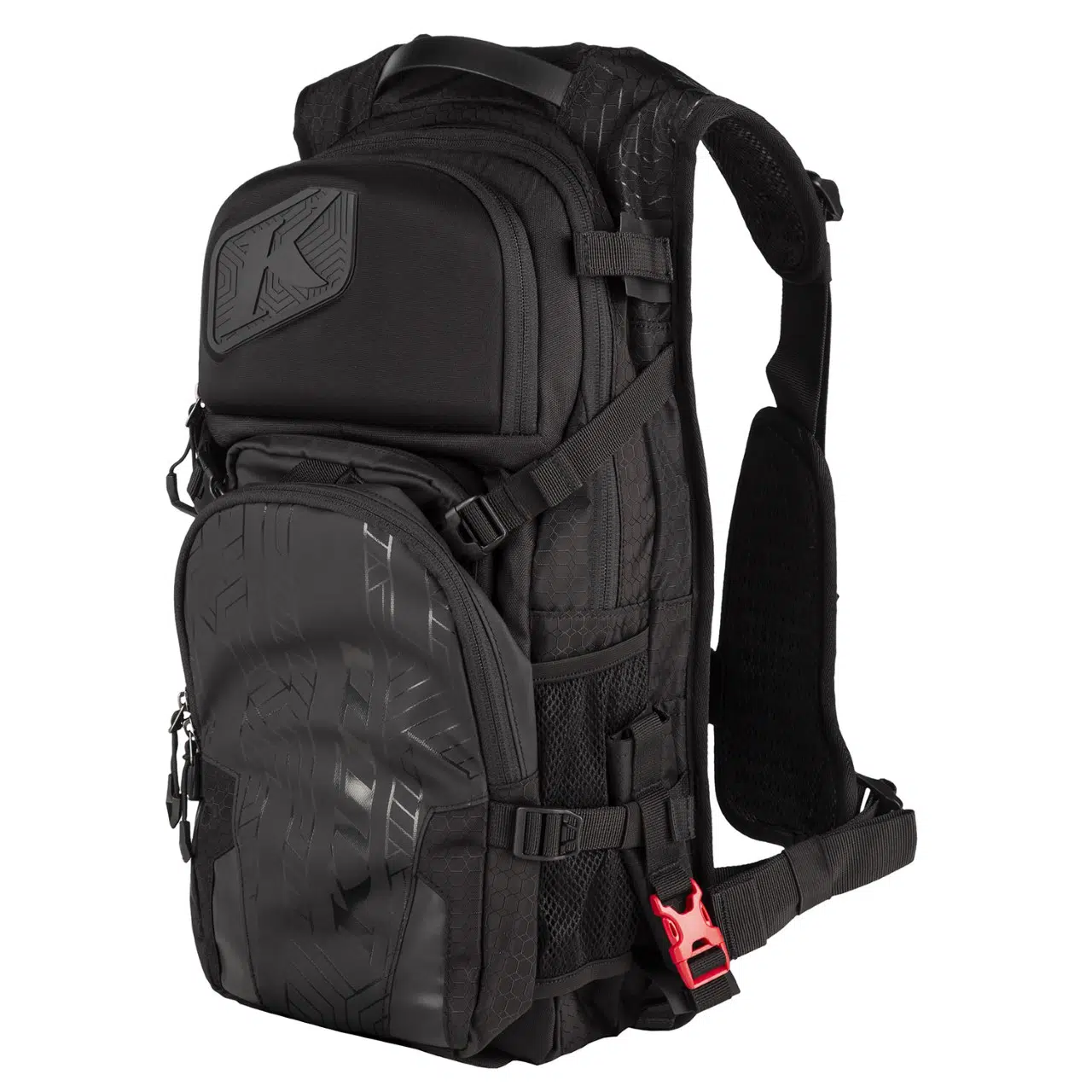
Would you rather have a carrying bag attached to the tunnel of your snowmobile?
There are some excellent waterproof carrying bags available that attach to the tunnel. They can be very useful if you need to carry more luggage or if you prefer not to carry a bag on your back.
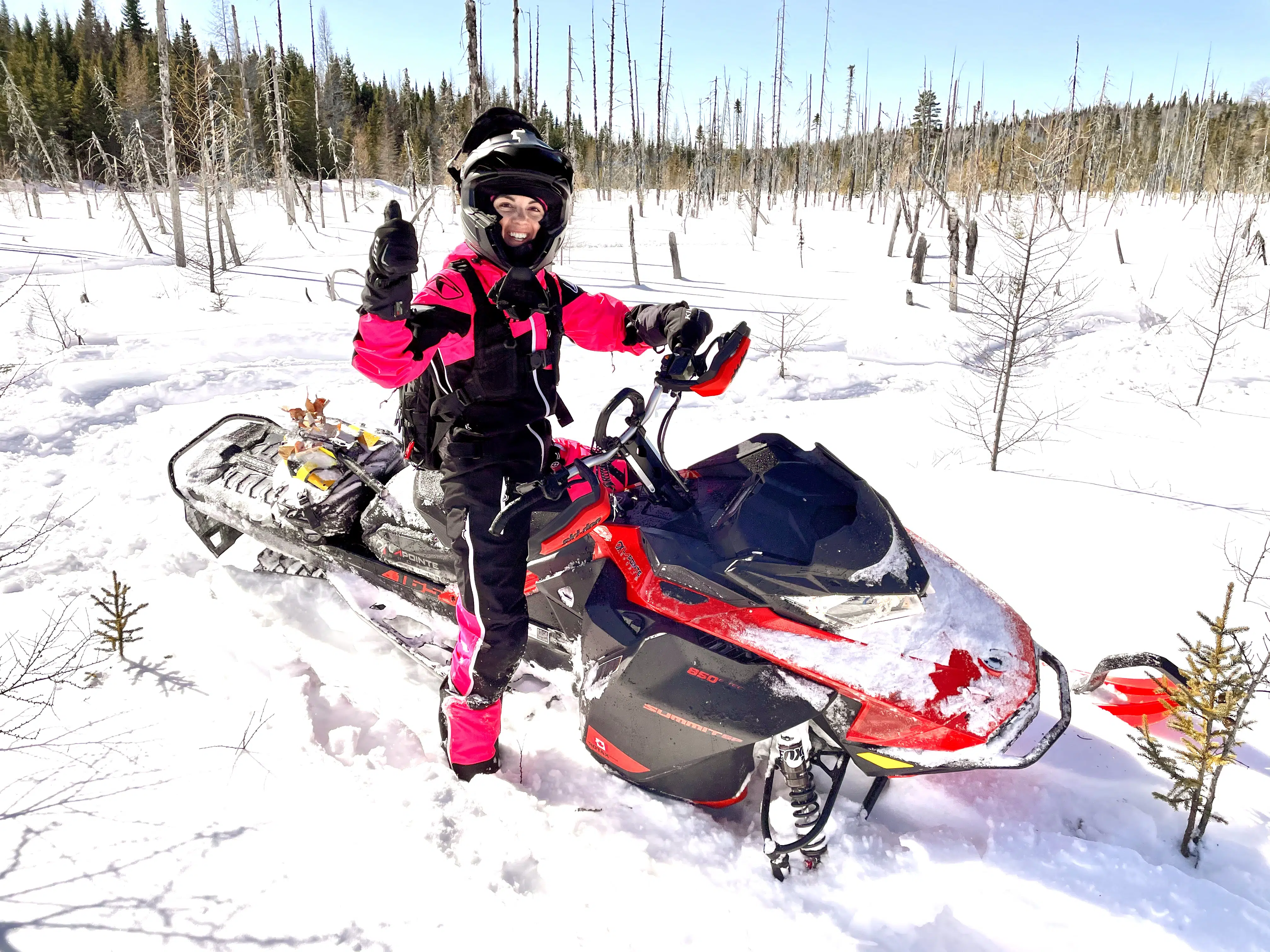
If you’re off-trail snowmobiling, you may want to consider a waterproof carry bag with a lower profile and ideally a small retractable shovel attached. Again, many companies make excellent products, but I really liked the Linq Off-Road Pro Bag (30 L) by Ski-Doo .
It attaches to the tunnel of your snowmobile thanks to the Linq system developed by Ski-Doo. If needed, it can even be attached above your extra fuel canister, if you no longer have enough storage space directly on your tunnel.
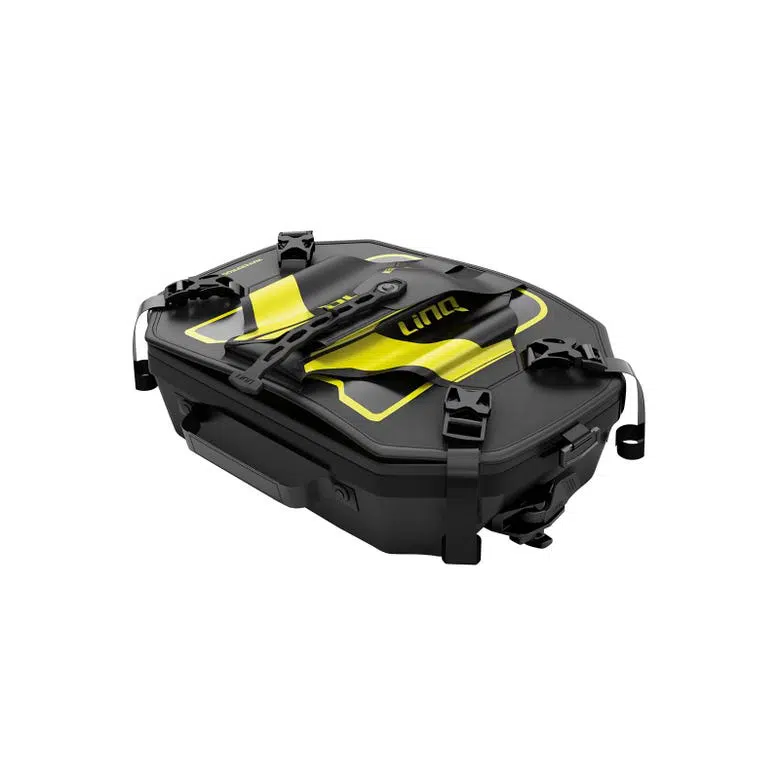
For the trail sledder, a carrying bag that I like for its practicality, simplicity and usefulness is the Linq Sport Bag (17L) by Ski-Doo . With a hard bottom and a semi-hard top, it’s perfect for storing the necessities for a weekend ride. Again, it attaches to your snowmobile tunnel or gas can and detaches easily to be carried inside a snowmobile relay.
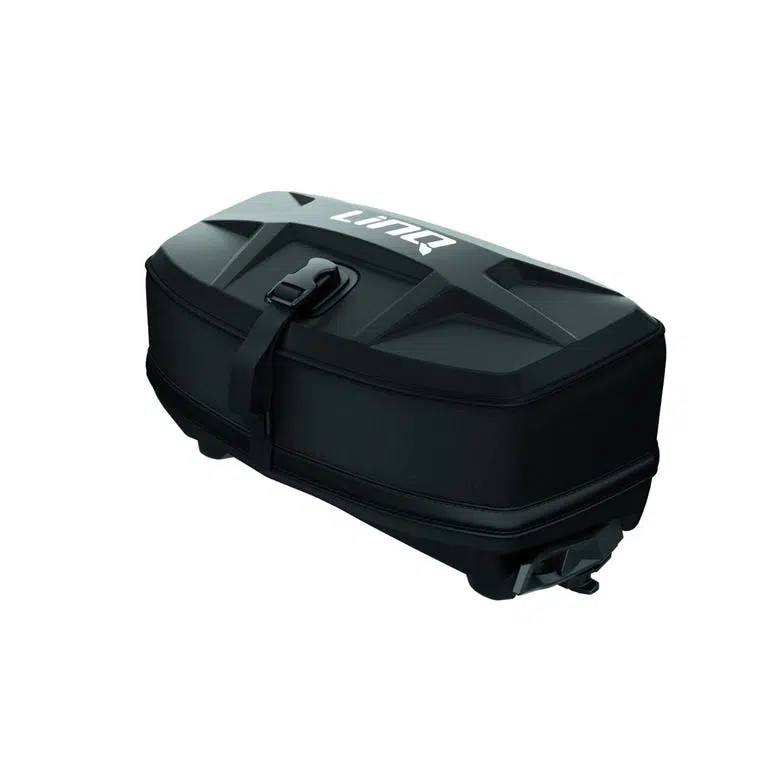
You don’t drive a Ski-Doo snowmobile, but you would still like to use Linq accessories? Some manufacturers have developed adapters that allow you to use these accessories on your snowmobile.
Okay, enough with the carry bags! What should you pack? Here are the essentials to have in your carry bag for your next snowmobile trip.
Of course, the contents will vary depending on whether you are a trail rider, an off-trail rider or a hybrid rider, where you are going, how long your trip will last and your personal needs.
We present here what you can find for a one-day hybrid snowmobile outing (trail and off-trail). And we’re not talking about a trip to the mountains of Western Canada, which would require some adjustments and additions!
-
Extra clothing and accessories
If there’s one thing you shouldn’t neglect when preparing your bag, it’s the choice of extra clothing you bring with you.
Spare Base Layer
The base layer is the one that is in direct contact with your skin. It is also the one that tends to get wet during the day, whether you are snowmobiling on or off trail. It is therefore important to have a spare base layer that you can put on when the first one becomes wet. Because when you say wet, you also say cold.
Depending on your planned ride, you can opt for a lighter base layer, which will keep you dry, or a thicker one, which will keep you warm.
The warmer layer will be especially appreciated if you have to travel the trails at higher speeds to get back to the lodge or relay after having fun off the trails.
Mid Layer
The mid-layer is the one you put on between the base layer and the outer layer that is in direct contact with the weather.
For those who snowmobile off-trail or hybrid, the ultra-compressible puffer style jacket (to minimize the space it takes up in your pack) is a wise choice.
Most of the time, this layer will not be necessary because your activity level will keep you warm. However, if something happens, you’ll appreciate the extra layer of warmth.
And if, like me, you have to travel a few kilometers on the trail, at high speed, to get to your secret spots, you’ll appreciate it too.
Trail snowmobilers should also carry a mid-layer with them. For example, they can opt for a fleece jacket that can be worn, if necessary, under their lined jacket for extra warmth.
Spare toque, balaclava, socks and mittens
Toque, socks and mittens are accessories that get wet at some point during the day, no matter how much snowmobiling you do.You will appreciate being able to put on dry ones when needed.
Remember to bring along a small beanie that doesn’t take up too much space. It will be useful if you have to remove your helmet during the day.
Finally, if space permits, slip a small pair of thinner gloves (or mechanical gloves) into your bag.
Finally, if space permits, slip a small pair of thinner gloves (or mechanical gloves) into your bag. They’ll be appreciated if you have to make a repair or adjustment to your snowmobile along the way.

Spare glasses
If, like me, you opted for a helmet with goggles instead of a full visor, always leave with a spare pair of goggles.
We are never safe from glasses breaking, scratching, fogging or freezing for some reason you will never know haha! Personally, I like my second pair to be different from the first one ( different color lens, vented, non-vented, heated etc.) This allows me to alternate them depending on the conditions outside.
-
Useful and safe accessories
Now that you’ve made sure you have everything you need in terms of clothing, you shouldn’t neglect anything that can be useful and/or ensure your safety.
Have with you :
- – A waterproof lighter; useful for starting a fire. We prefer a waterproof lighter to prevent it from getting wet and not working;
- – A pocket knife;
- – Salt capsules; to treat the natural water and to be able to consume it if necessary;
- – A small first aid / survival kit; there are very small ones, not much bigger than a cell phone;
- – Hot pads for hands or feet can even be useful for off-trail snowmobilers, in case of an incident, to have access to a quick heat source.
-
Geolocation system/satellite communication or GPS
When snowmobiling, we often travel in isolated areas without access to a cellular network. All kinds of incidents can occur, from the most trivial to the most serious, and cause delays in your return. You need to be able to call for help, for yourself or another snowmobiler, or to reassure loved ones. You must also be able to easily find your way in the forest, especially if you choose to leave the marked trails.
A satellite tracking and communication system, or GPS, is one of the most important essentials to have with you to ensure your safety. Although these systems represent a certain monetary investment, it is something you cannot afford to skimp on in my humble opinion.
There are all kinds of systems on the market for this purpose. Some are more comprehensive than others and vary in price. You can also combine them.
In my case, I opted for the “Spot X” system, for its quality/price ratio. It is a two-way satellite messaging device that allows you to send and receive text messages, send an SOS in case of emergency and allows your loved ones to geolocate you if needed. It also has a built-in compass and can be programmed with waypoints.
You can currently purchase it for about $350, plus taxes, and then opt for a monthly or annual service package (available from about $15 per month, depending on your package).
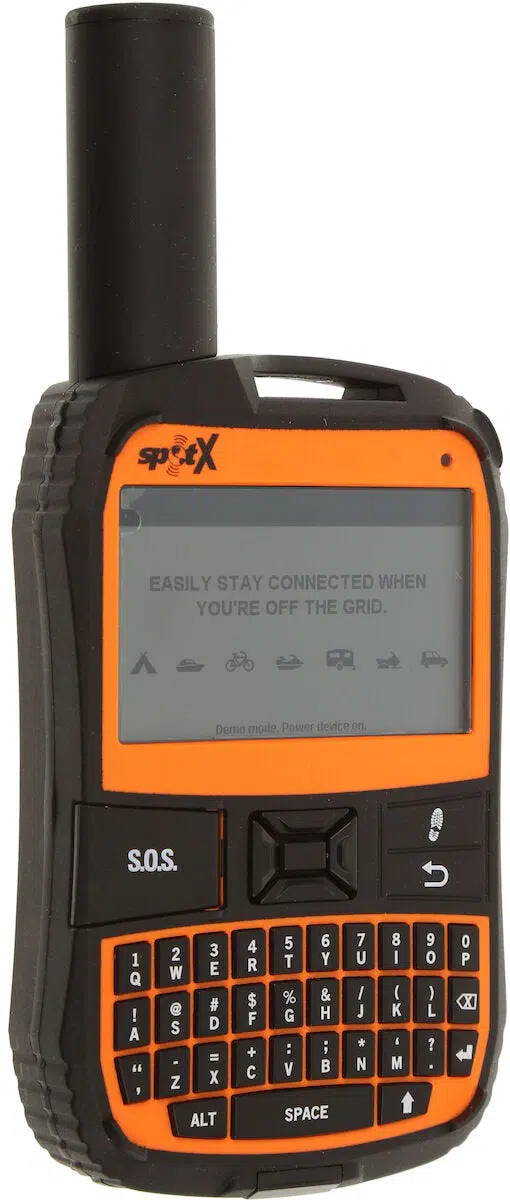
For my part, I chose to combine the Spot X System with a Garmin GPS. It allows me to locate myself in the forest in real time when I’m not on a cellular network, and at the same time, to keep track of and share trails and unmarked paths.
When you say GPS, you also say considerable investment. So, if you have to invest in one or the other system for your safety, opt for the geolocation/communication system at least.
4 – Chicks and Machines” essentials
Obviously, I couldn’t sign off on a Chicks and Machines article without talking about the girls’ essentials to have with you on a snowmobile trip! However, it’s a safe bet that you guys will borrow them from time to time.
- – Tissues, lots of tissues! It’s hard to believe how useful they can be in the woods;
- – Lip balm;
- – Advil or Tylenol;
- – Protein and dry food; enough to cover the unexpected;
- – Hair elastics; preferably thinner, since thick ones tend to make an uncomfortable dent in your helmet or neck;
- – Women’s hygienic products; in theory gentlemen, you should not borrow this item from your sweetheart, except maybe for a bloody nose and nobody wants that haha!
In conclusion
Obviously, many other things can end up in your carry-on bag.
Because of their weight, size or usefulness, some items can also be hung in the tunnel of your snowmobile or placed in any other available storage space (depending on your type of snowmobile).
For example, a sawdust for cutting branches, cables, tools, a small retractable shovel, rope, strong (and even cold sticky) tape and water. Also carry an extra can of gasoline and a replacement belt.
Finally, if you have a 2-stroke snowmobile, consider bringing extra oil. There are small, slim carrying cans that can be attached to your snowmobile’s tunnel.
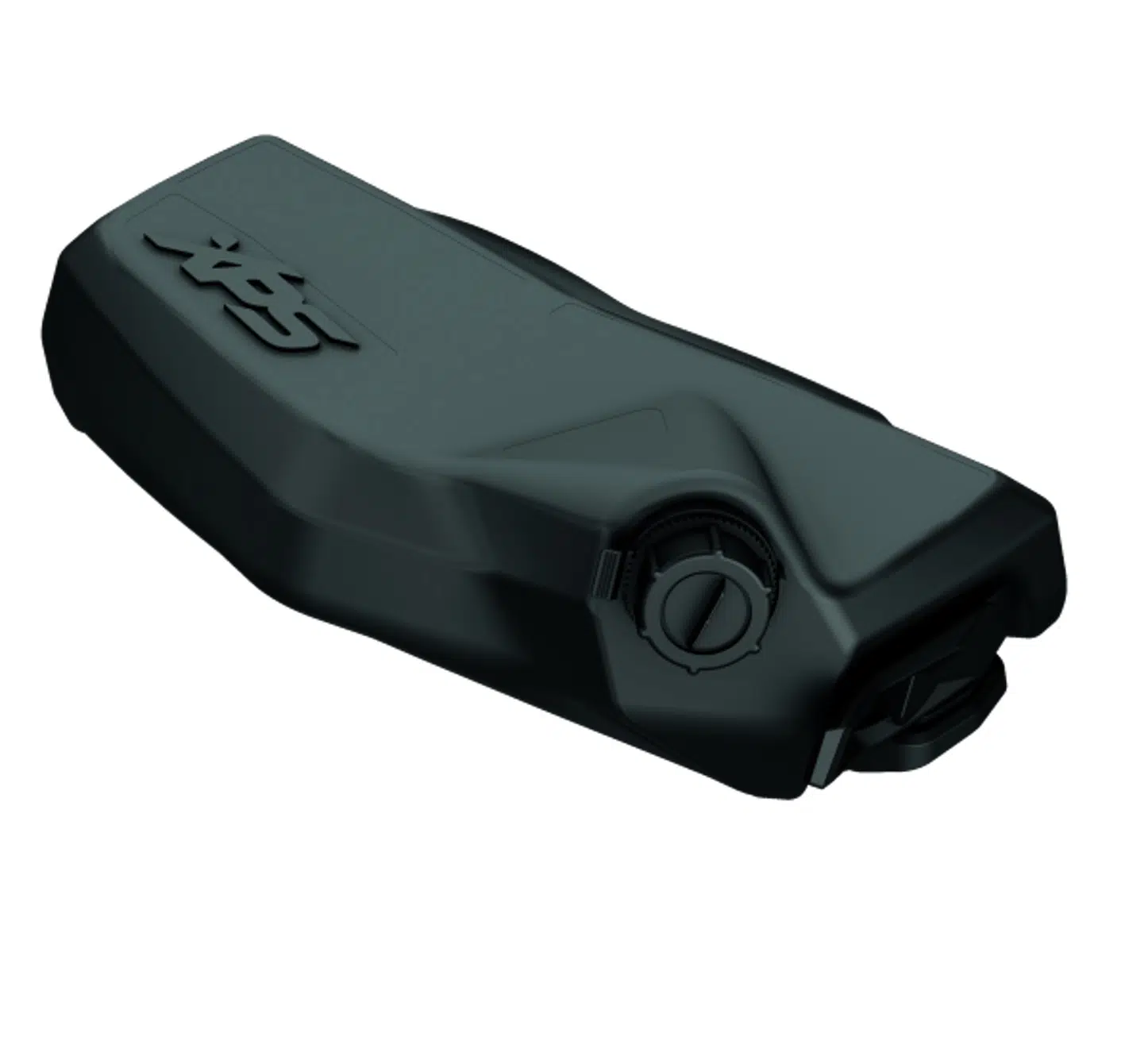
Now all you have to do is plan your next snowmobile trip! We hope this list will be useful to you when preparing your pack.
Hope to see you this winter on or off the trails!


